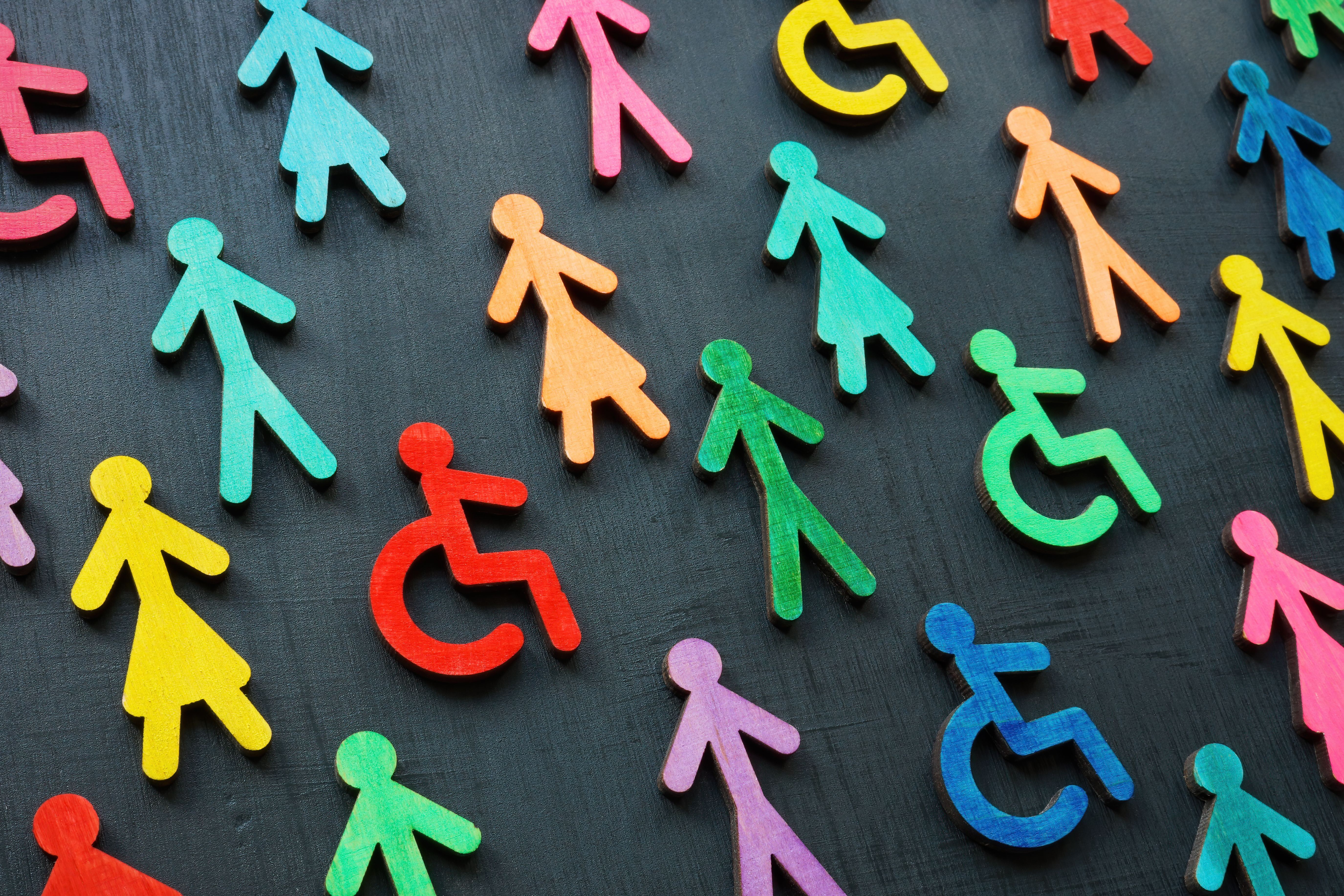Rates of concomitant bilateral salpingo-oophorectomy during benign hysterectomy are increased in women with disabilities, according to a recent study published in the American Journal of Obstetrics & Gynecology.
Takeaways
- The study reveals that women with disabilities, including physical, sensory, intellectual or developmental disabilities, and multiple disabilities, experience higher rates of concomitant bilateral salpingo-oophorectomy (BSO) during benign hysterectomy compared to those without disabilities.
- Among the 74,315 hospitalizations for benign hysterectomy analyzed, 6.1% had a physical disability, 0.5% had a sensory disability, 0.1% had an intellectual or developmental disability, and 0.2% had multiple disabilities. The majority did not have a disability.
- The study found that BSO rates were higher in patients with disabilities across all age groups. Patients aged 45 to 49 years showed the greatest difference, with a BSO rate of 36.1% in those with disabilities compared to 27.7% in those without disabilities.
- The research indicates that potentially avoidable BSO rates were also increased in patients with disabilities. The differences were particularly notable in the age group of 45 to 49 years, with 13% for the disability group and 10.1% for the control group.
- The study suggests a need for improved physician knowledge transition strategies to enhance counseling and shared decision-making regarding BSO during benign hysterectomy, especially for women with disabilities.
Hysterectomy is the most common surgery given to nonpregnant women, with 80% receiving one to treat noncancerous gynecologic conditions such as uterine fibroids and endometriosis. To reduce future reproductive cancer risk, clinicians will often offer their patients bilateral salpingo-oophorectomy (BSO) concurrently with benign hysterectomy.
BSO is associated with multiple risks, including coronary heart disease, stroke, cognitive impairment, and premature mortality. These risks are elevated in women aged under 45 years, with clinical guidelines recommending premenopausal women not receive a BSO unless strongly indicated.
In the United States, 15% to 20% of premenopausal women aged 51 years and younger experience disability. However, data evaluating how disability impacts gynecologic surgery practices is lacking.
To evaluate the impact of disability on concomitant BSO in women aged 55 years and younger, investigators conducted a cross-sectional study. Data was obtained from the National Inpatient Sample (NIS), the largest all-payer database of US hospitalizations.
Women aged 20 to 55 years with a hospitalization between January 1, 2016, and December 31, 2019, receiving a hysterectomy for benign gynecologic indications were included in the analysis.Diagnosis code algorithms were used to determine disability in patients, with diagnostic codes for physical, sensory, or intellectual or developmental disorders considered viable.
Exclusion criteria included malignancies, prophylactic surgery or documented personal or family history of breast, uterine, or ovarian cancer, receiving hysterectomy for pregnancy and childbirth, acquired or congenital absence of ovaries, and missing individual-level covariate data.
Women without disabilities were placed into a control group. BSO was the primary outcome of the analysis, measured using 0UT2 and 0UT7 procedure codes for bilateral oophorectomy and salpingectomy, respectively.
BSO cases were classified as potentially avoidable or potentially appropriate based on the presence of diagnostic codes for clinical indications for ovarian removal. Covariates included race and ethnicity, age, median household income quartile, gynecologic indication for benign hysterectomy, and route of hysterectomy.
There were 74,315 hospitalizations for benign hysterectomy included in the analysis, 6.1% of which were for patients with a physical disability, 0.5% a sensory disability, 0.1% an intellectual or developmental disability, and 0.2% multiple disabilities. The remaining 69,144 patients did not present with a disability.
Disabilities were more often seen in patients who were older, White, receiving Medicaid or Medicare insurance, in the lowest income quartile, and had comorbidities. BSO rates included 26% in patients without disabilities, and 33.2%, 31.2%, 31.1%, and 38.2% in patients with physical, sensory, intellectual or developmental, and multiple disabilities, respectively.
Higher crude and adjusted BSO rates were observed in patients with disabilities across all age groups. Patients aged 45 to 49 years had the greatest difference, at 36.1% in patients with disabilities and 27.7% in those without disabilities.
Potentially avoidable BSO rates were also increased in patients with disabilities, at 11.6%, 9.5%, 10.7%, 15.3%, and 9.1% in patients with physical, sensory, intellectual or developmental, developmental, and no disabilities, respectively. The greatest differences were observed in patients aged 45 to 49 years, at 13% and 10.1% for the disability and control groups, respectively.
These results indicated increased BSO rates during benign hysterectomy among women with disabilities. Investigators recommended physician knowledge transition strategies to improve counseling and shared decision-making.
Reference
Scime NV, Brown HK, Metcalfe A, et al. Bilateral salpingo-oophorectomy at the time of benign hysterectomy among females with disabilities: a population-based cross-sectional study. Am J Obstet Gynecol. 2023;229:658.e1-17. doi:10.1016/j.ajog.2023.08.001

